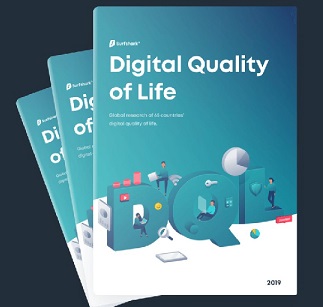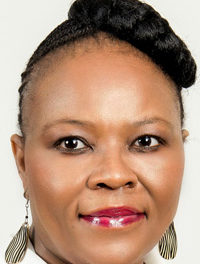
Namibia Ranks 100th in the world in Digital Quality of Life Index 2021

The global digital well-being study shows that Namibia lacks better e-security, in the third annual edition of the Digital Quality of Life Index (DQL) ranks Namibia 100th among 110 countries. Covering 90% of the global population, the DQL study is conducted by the cybersecurity company Surfshark and evaluates countries based on a set of five fundamental digital well-being pillars.
Namibia shows its best results in internet quality and affordability, ranked 62nd in both, but displays comparatively low ranks in e-security, 102nd, e-infrastructure, 96th, and e-government 90th.
Overall, Namibia ranks 13th in Africa, plus the study found that Namibia’s internet affordability is around 50% worse than the global average. People in Namibia have to work more than 14 minutes to afford the cheapest 1GB mobile data package, 4 minutes more than the worldwide average. Compared to neighbouring South Africa, people in Namibia have to work 14 times more to afford mobile internet.
The country also struggles with e-security. Namibia ranks 102nd in this pillow, surpassed by Angola and South Africa. The country ranks low due to the low availability of data protection law and poor cybersecurity index.
Chief Executive Officer of Surfshark, Vytautas Kaziukonis said digital opportunities have proved to be more important than ever during the COVID-19 crisis, stressing the importance for every country to ensure fully remote operational capacities for their economies. “This is why for the third year in a row, we continue to Digital Quality of Life research, which provides a robust global outlook into how countries excel digitally. The index sets the basis for meaningful discussions about how digital advancement impacts a country’s prosperity and where improvements can be made,” he added.
In an all-around picture, 6 out of 10 counties holding the highest scores are located in Europe, following last year’s trend. The bottom 5 countries are Ethiopia, Cambodia, Cameron, Guatemala and Angola.
The 2021 DQL research examined a total population of more than 6.9 billion people in terms of five core pillars and 14 underpinning indicators that provide a comprehensive measure. The study is based on open-source information provided by the United Nations, the World Bank, Freedom House, the International Communications Union and other sources.












































